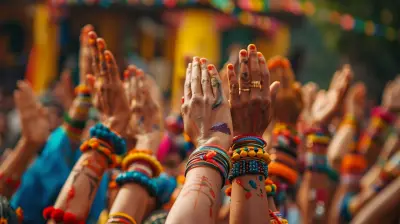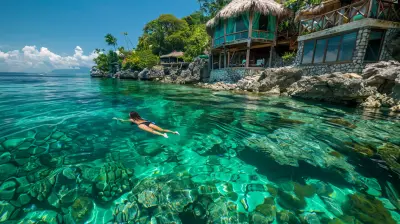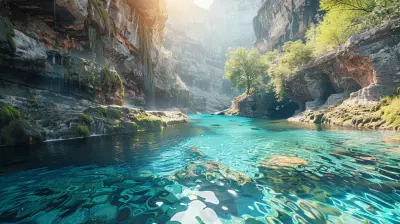Silk Roads and Beyond: The Global Exchange of Cultural Artifacts
15 October 2025
Ah, the Silk Roads — no, not some luxury fashion runway in Paris, but the ancient, dusty, camel-trodden highways that changed the world. These weren’t just trade routes; they were the OG global superhighways where ideas, spices, and everything in between hitched a ride from one continent to another.
Imagine this: a Persian trader in flowing robes, a Chinese merchant juggling silks, monks swapping scrolls in Sanskrit, and maybe even a Roman sipping on tea he has no idea came from halfway across the planet. Yeah, folks, the Silk Roads were basically the original internet — connecting people long before emails and emojis.
But here’s where it gets juicy — we’re not just talking silks and spices. Oh no, my friend. We’re talking about cultural artifacts. That is: art, music, philosophies, religious beliefs, manuscripts, and yes, even fashion faux pas that somehow became a trend. So grab your mental passport — no TSA lines here — and let’s dive into the chaotic, colorful, and completely fascinating world of the Silk Roads and the juicy cultural gossip they stirred up across continents.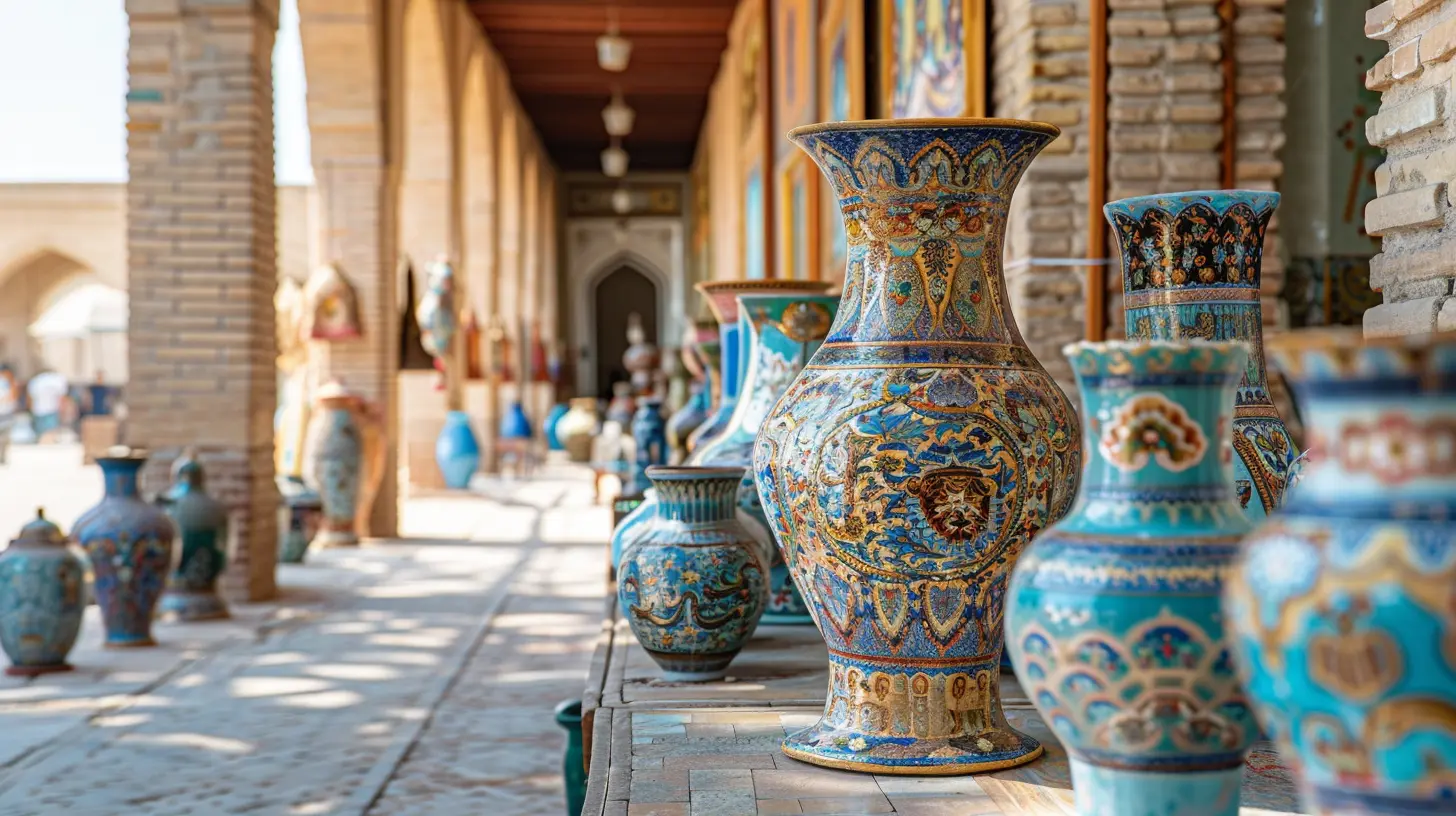
Wait, What Exactly Were the Silk Roads?
Okay, for the history newbies out there — let’s break it down. The Silk Roads weren’t a single road you could pop a pit stop on and grab a Red Bull. They were a sprawling network of land and sea routes connecting East Asia to the Mediterranean. Think China to Italy… with pit stops in India, Persia, Arabia, and a handful of "stans" in between.They kicked off around the second century BCE during the Han Dynasty and peaked like a global hit song before gradually fizzling out in the 15th century. But in their glory days? These routes made Jeff Bezos-level commerce look like a lemonade stand.
What made them special wasn't just that you could buy luxury silk or top-tier spices — it’s the fact that every camel caravan was like a cultural piñata, bursting with new ideas and trinkets from faraway lands.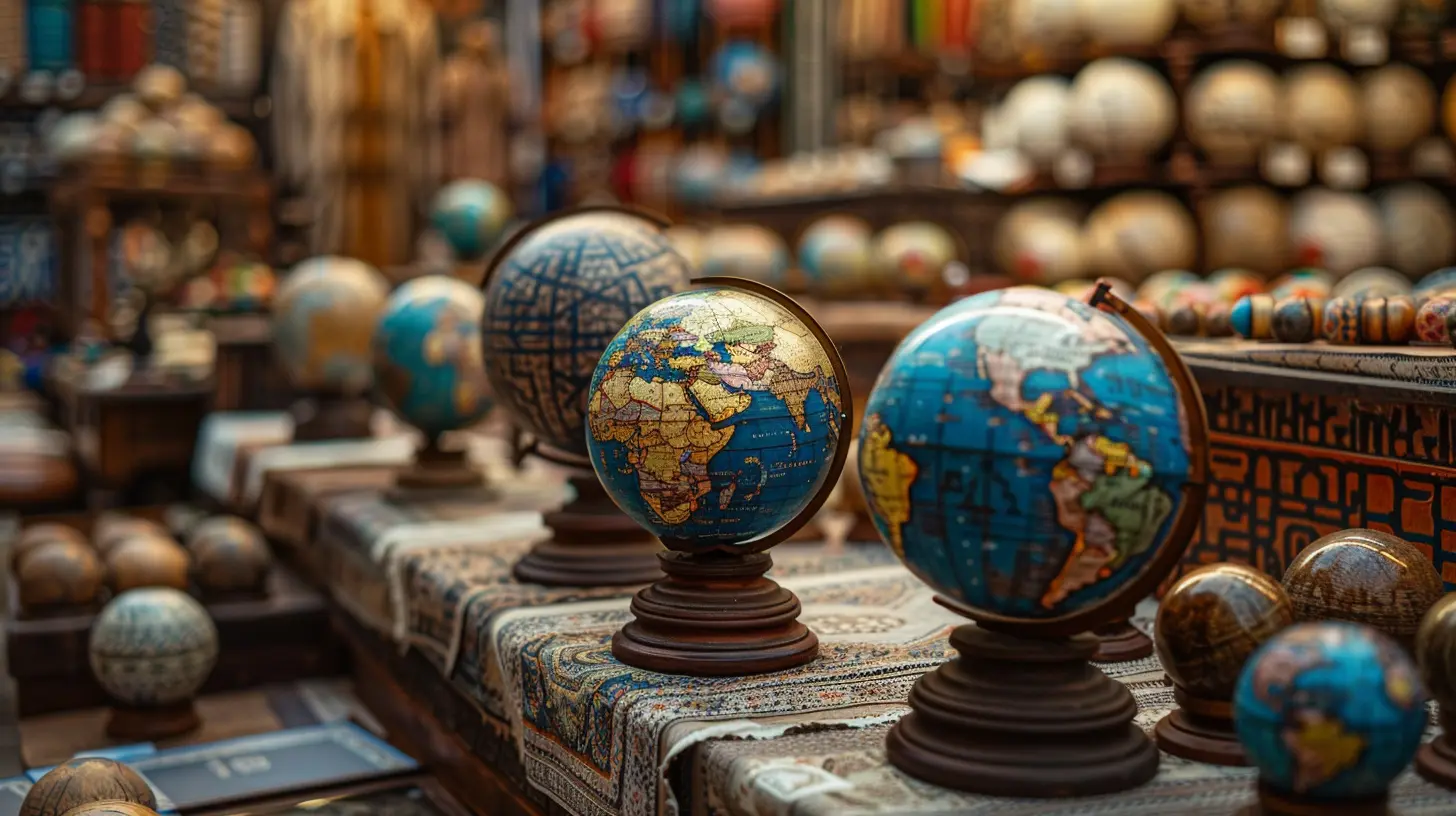
The OG Influencers: Traders, Monks, and Nomads
Scroll past your Instagram feed. These people were the real influencers. They didn't need filters to spread their vibes — they just needed a mule, some stamina, and an itch for adventure.- Traders brought more than goods — they brought stories, customs, and weird food combinations no one asked for.
- Monks like Xuanzang and Marco Polo (okay, not a monk, but still!) traveled to study, pray, and simultaneously turn into cultural couriers.
- Nomads? Don’t even get us started. These lowkey trendsetters changed fashion, shared oral histories, and probably invented fusion cuisine before it was cool.
So each traveler wasn’t just passing by — they were like walking Reddit threads, sharing everything from philosophical debates to spicy gossip about which emperor was marrying who.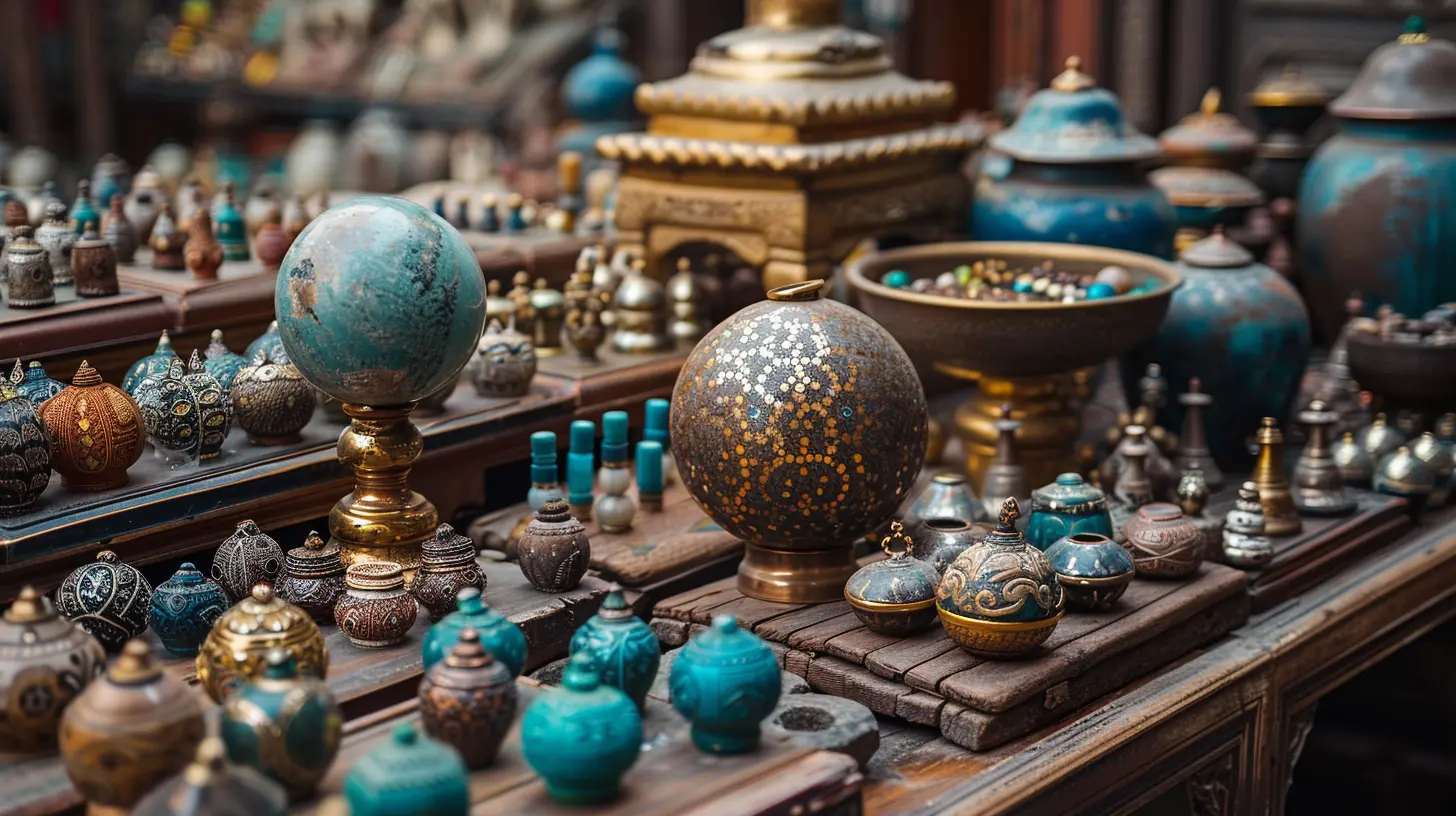
You Brought Religion to the Party!
Believe it or not, religion was one of the top souvenirs passed around via the Silk Roads.- Buddhism spread like wildfire from India to China, Korea, Japan, and beyond. Shoutout to those cave murals in Dunhuang for the ancient version of spiritual Instagram.
- Islam, Christianity, Zoroastrianism, and even Nestorianism (yup, that’s a thing) made their way into communities that had never heard of them before.
So, yeah, these routes were the Sunday School of the ancient world — but with more camels and fewer potlucks.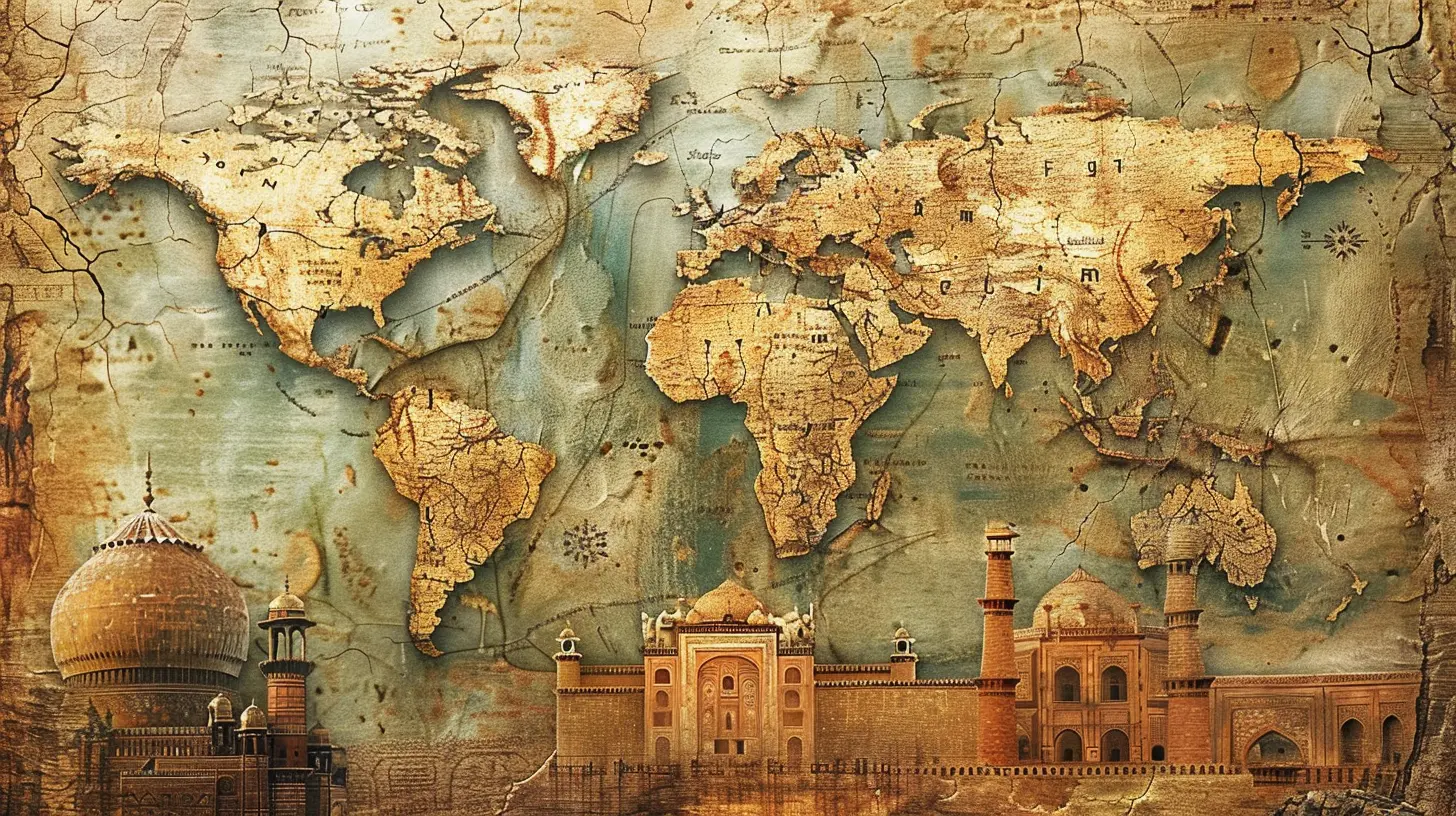
Artifacts With Air Miles: What Actually Traveled?
Alright, let’s talk loot — I mean, artifacts. We're talking about the kind of stuff that museums today drool over.1. Manuscripts That Could Make Your Kindle Jealous
Ever read The Art of War? Or maybe The Diamond Sutra? These texts were hot commodities on the Silk Roads. They journeyed across kingdoms, got translated into zillions of languages, and basically went viral—without WiFi.Sanskrit scrolls, Arabic scientific texts, and Persian poetry all got more travel stamps than your average backpacker in Southeast Asia.
2. Pottery That’s Been Places
Pottery wasn’t just for holding soup. It told stories, showed off cultural styles, and was traded like NFTs — just without the blockchain.You could find Chinese porcelain in the Middle East or Persian tiles decorating Indian palaces. Each artifact said, “I’ve been places, darling.”
3. Fashion From Faraway Lands
The original Zara was literally the Silk Roads. People loved flaunting exotic threads. Silks from China, cottons from India, adornments from Central Asia — it was a style buffet.Imagine someone in ancient Constantinople rocking a Chinese robe while sipping Arabian coffee and listening to an Indian sitar jam. That’s not cosplay — that’s cultural exchange, baby!
Oops, Did We Just Invent Globalization?
In a way, yeah. The Silk Roads were like a sneaky beta version of globalization. People were swapping goods, ideas, diseases (awkward but true), and languages long before globalization was even a buzzword.Suddenly, people weren’t just curious about their neighbor’s casserole — they were curious about religions from India, astronomy from Arabia, and medicine from Greece. It was intellectual Tinder — swipe right for anything that piqued your curiosity.
Cultural “Mashups” That Still Slap Today
You know how K-pop blends Western beats, or how sushi burritos are somehow a thing now? That’s Silk Roads energy right there. Here are some ancient collabs that still wow us:- Greco-Buddhism — Greek art + Buddhist themes = Buddha statues with six-packs.
- Persian-Chinese ceramics — east meets west in the fanciest dish set your grandma could wish for.
- Arabic numerals — Spoiler alert: they came from India, passed through Persia and the Arab world, and ended up giving the West its current numeric system. Thank the Silk Roads next time you do your taxes.
Museums: The Modern-Day Silk Road Rest Stops
News flash: all those shiny artifacts you see in museums? Many of them have roots in ancient Silk Roads trade. Whether it’s Buddhist relics in London or Persian carpets in Tokyo, these cultural breadcrumbs tell stories of a world that’s always been more connected than we think.Of course, some of these artifacts traveled ethically. Some… not so much. (Looking at you, colonial looters.) But that’s a salty can of worms for another blog post.
Eat, Pray, Trade, Repeat
So, you’re probably thinking: “Cool history lesson, but where’s my tourism angle?” Great question, curious traveler!You can still experience the magic of the Silk Roads:
🏯 Dunhuang, China
Cave murals that’ll knock your socks off. Bring a flashlight and your inner art critic.🕌 Samarkand, Uzbekistan
This city is basically a UNESCO fever dream. Blue domes, giant marketplaces, and architecture that makes you want to weep with joy.🏛 Thessaloniki, Greece
Not technically on the Silk Road but felt the ripples of all that trading goodness. Come for the souvlaki, stay for the Byzantine history.🚢 Istanbul, Turkey
The ultimate cultural cocktail. East meets West, literally. Hagia Sophia says hi.Final Thoughts: Cultural Exchange is the Real Treasure
Treasure isn’t a chest of gold coins buried under an X on some pirate map. It’s the ideas, beliefs, and artifacts that’ve been swapped, shared, and embraced across generations.The Silk Roads weren’t just about trade — they were about people being curious, open, and — let’s be honest — a bit nosy about what life was like on the other side of the desert.
Next time you sip your chai latte while listening to a K-pop playlist in your Italian loafers — just smile. You’re living proof that the global exchange of cultural artifacts is alive and well. And hey, that’s way cooler than a pile of spices.
all images in this post were generated using AI tools
Category:
Cultural ExperiencesAuthor:

Tracie McAdams
Discussion
rate this article
1 comments
Selkie Dodson
This article beautifully captures the essence of the Silk Roads as a vibrant tapestry of cultural exchange. It’s a reminder of how interconnected our histories are and encourages us to appreciate the diverse influences that shape our world today. A thought-provoking read that inspires curiosity about our shared heritage!
October 15, 2025 at 2:51 AM

Tracie McAdams
Thank you for your thoughtful comment! I'm glad the article resonated with you and sparked your curiosity about our interconnected histories.
